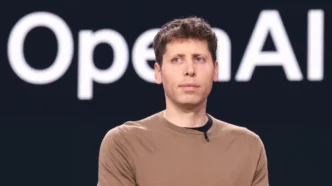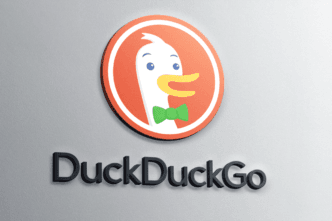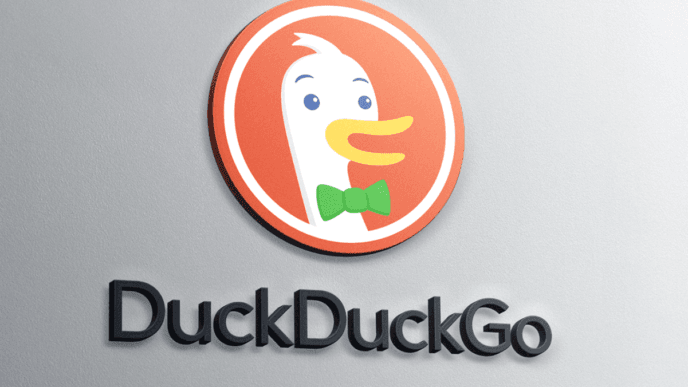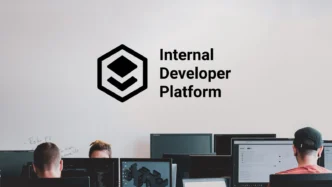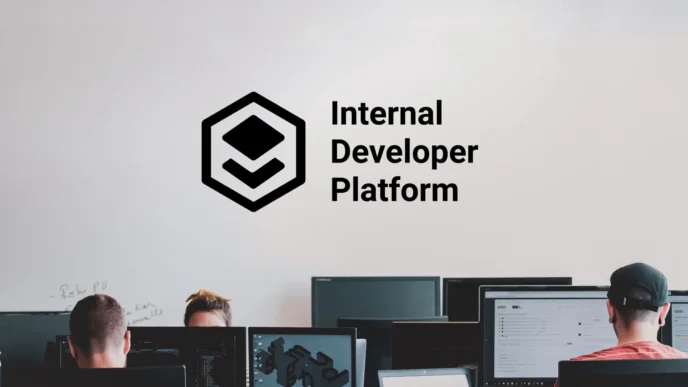OpenAI has unlocked a powerful new tool for developers and enterprises: the ability to fine-tune o4-mini using reinforcement learning. This upgrade allows organizations to build a custom version of OpenAI’s newest reasoning model, tailored to fit their brand voice, workflows, compliance needs, and internal knowledge—no reinforcement learning expertise required.
This rollout, announced via OpenAI’s developer account on X, marks a major shift in enterprise AI flexibility. For the first time, verified users can use Reinforcement Fine-Tuning (RFT) to create and deploy personalized models that outperform generic systems in specific domains.
What Is Reinforcement Fine-Tuning and How Does It Help?
To fine-tune o4-mini, OpenAI now offers a workflow that goes beyond supervised learning. While traditional fine-tuning trains on fixed input-output pairs, reinforcement fine-tuning uses a grader system to score multiple outputs per prompt. The model then adjusts to prioritize responses that best meet your goals.
The benefits? Your AI gets smarter in your language, learns your policies, and adapts to your team’s exact needs. Whether it’s legal analysis, internal helpdesk queries, financial modeling, or customer service responses, the model aligns more tightly to real-world tasks.
How to Fine-Tune o4-mini in Practice
Here’s what teams need to get started:
- A prompt dataset with validation splits
- A grading system (can be model-based or code-based)
- OpenAI’s fine-tuning dashboard or API
- Clear task goals and output evaluation criteria
Once setup is complete, training can begin, and your model improves with each iteration. You can track progress, refine data, and adjust grader logic to guide model behavior—all from OpenAI’s platform.
Who’s Already Using It?
Many early adopters have used this method to fine-tune o4-mini with exceptional results:
- Accordance AI boosted tax reasoning accuracy by 39%
- Ambience Healthcare raised medical code matching scores by 12 points
- Harvey improved legal citation accuracy by 20%
- Milo achieved a 25-point increase in high-complexity scheduling accuracy
- SafetyKit increased moderation performance from 86% to 90%
These organizations share a pattern: defined outputs, clear evaluation benchmarks, and business-critical goals. That’s where RFT shines.
How Much Does It Cost?
RFT pricing differs from traditional per-token billing. When you fine-tune o4-mini, you’re billed by the hour for actual training time:
- $100 per training hour
- Time is prorated per second
- You’re only charged for productive steps (not idle phases or failed jobs)
- If you use OpenAI’s models (like GPT-4.1) as graders, their token usage is billed separately
Cost Examples:
| Duration | Total Cost |
|---|---|
| 4 hours | $400 |
| 1.75 hrs | $175 |
| 2 hrs + 1 failed hr | $200 |
To keep costs manageable, OpenAI recommends:
- Using lean graders
- Starting with smaller datasets
- Limiting validation frequency
- Monitoring through the dashboard
Should You Fine-Tune o4-mini?
If your company has defined knowledge, strict compliance rules, or complex workflows, then yes—you should absolutely fine-tune o4-mini. It’s the easiest way to get a private, high-performance AI model that thinks and speaks like your business.
With support for structured outputs, code-aware scoring, and full API access, OpenAI’s new RFT system offers unmatched control. Plus, if you contribute your training data back to OpenAI, you’ll get 50% off your RFT usage costs.
